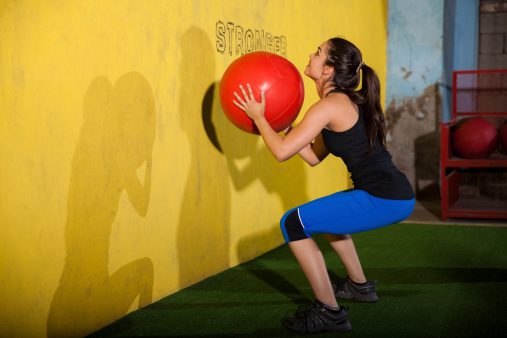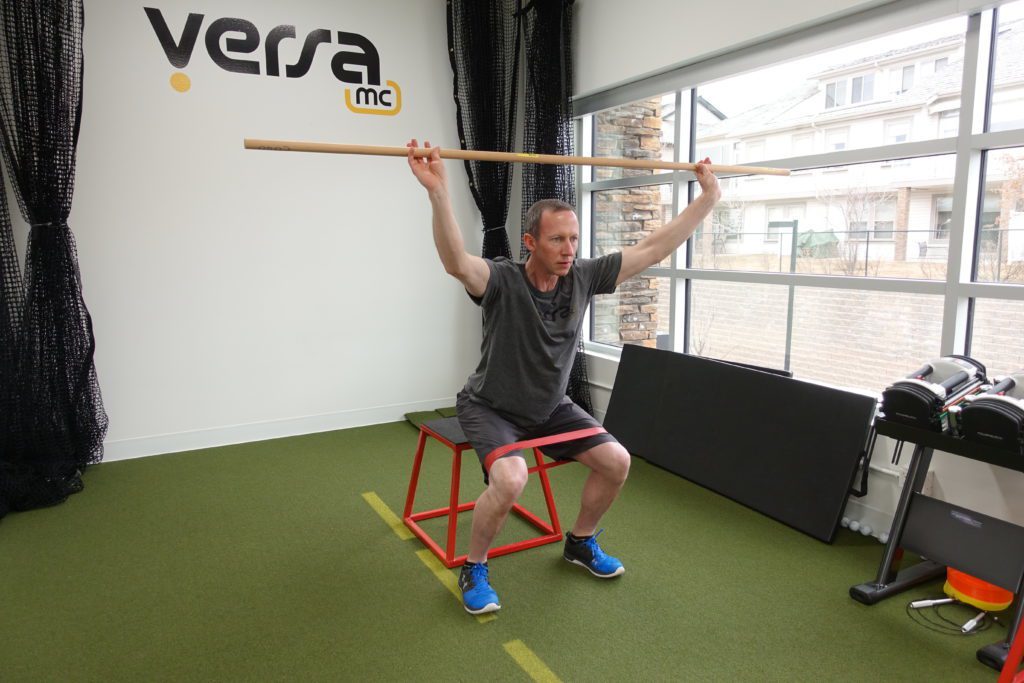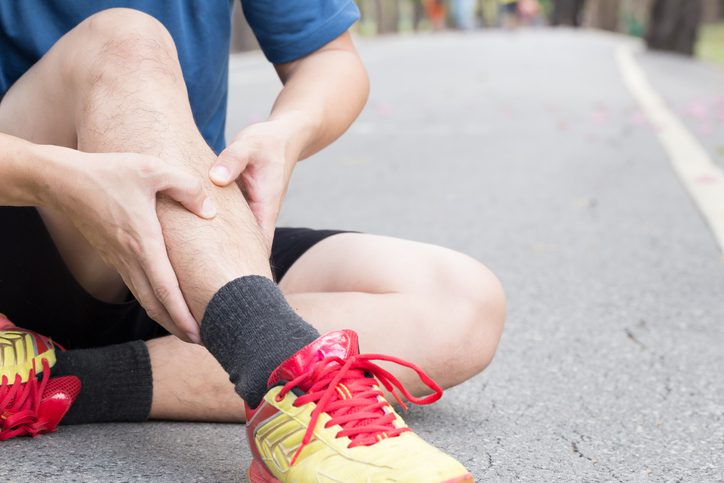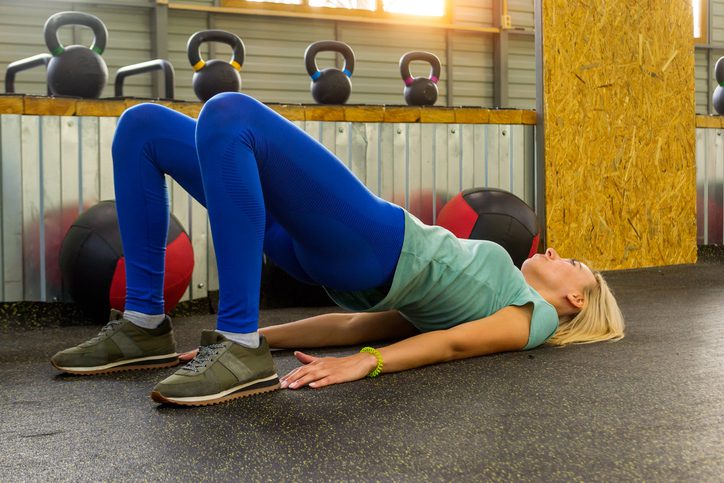How to best use your offseason and avoid injury
Injured? It may be time to make a change to your training approach.

How did this past season go for you? Did you have a nagging injury that never seemed to go away? Did you always seem to be managing an injury, but never really fully recover? Well, the offseason is the time of the year to 1) recover and get the treatment you need, and 2) prepare for the upcoming season.
Related: 5 tips to help you overcome shin splints
Because traditional triathlon training (swim, bike and run) is very unidirectional and repetitive, it increases the risk of developing overuse injuries. And, if a triathlete isn’t doing drills or exercises that strengthen the muscles being used, the risk of injury grows exponentially.
That said, the offseason gives triathletes the time to incorporate new habits into their routine, and the addition of functional drills to training is a great start. By doing a variety of drills in your pre-workout routine and in the gym, you can improve your resistance to injury, increase overall strength and improve work output in the pool, on the bike and run.
Related: Six stretches for triathletes
The objective of adding a few dryland sessions to your offseason routine is not to lift a lot of weight, but improve your capability to move – an important aspect of any athlete’s development. For example, any swim, bike or run workout should include a period of warm-up drills that aim to activate the muscles required for training. As seen in a previous article, here are eight activation drills;
- Swim cords
- Wall angels
- Front and side planks
- Glute bridges (progression to single leg)
- Fire hydrants,
- One leg squats on a Bosu ball
- Hip Extensions
- Clamshells
Related: Activation drills for triathletes
If you plan on starting a strength program this offseason, you should contact a triathlon coach with a certification in strength training or experience in the area. Jason Boivin, assistant coach of the University of Ottawa Varsity swim team and formerly the coach of the McGill Triathlon Club, suggests that a dryland program should focus on developing an athlete’s ability of six functional movements.
- Upper body pushing
- Upper body pulling
- Squatting
- Single Leg
- Bending/Hinging
- Core

Once you and your coach have been able to assess your ability to move through all six of these movements, a plan can be formulated to progress to adding resistance and performing more complex exercises.
Related: The importance of strength training is more than just performance
It is important to remember that, although triathlon is a sport, it is also a lifestyle. To maintain that lifestyle, triathletes should look to develop a long-term approach to their training and health. Whether you’re new to triathlons or a veteran, triathletes should balance a program that incorporates functional movements (lunge, press, pull, hinge, squat, etc.) with sport-specific training (swim, bike and running).



